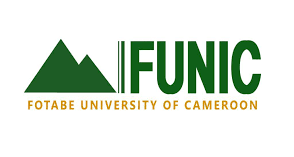Communicating Off-Record Politeness by Use of Non-Usual Stress in Kiswahili Language
Keywords:
Intended Meaning, Kiswahili, Topical Discussion, Unusual stress, topical discussion, intended meaning, Kiswahili,Abstract
The interpretation of meaning as intended is a major factor to be borne in mind by interlocutors in a communicative event. Though speakers choose strategies that enable communication messages in well-interpreted manner, thereby eliminating ambiguity, the same is not the case in the use of unusual stress, which is normally contrasted. Unusual stress communicates off record by giving out hints. This paper discusses unusual stress as an off-record politeness strategy with particular reference to Kiswahili language that is spoken in Kenya. Bi. Msafwari’s topical discussion from the Swahili community laid the basis for analysis. YouTube files of Mawaidha na Bi. Msafwari (Bi. Msafwari’s topical discussions) were the sources of data. Analysis shows that unusual stress functions as an indirect politeness strategy through its characteristic use of free stress. It changes the intonation of the word in use thereby giving a basis for more than one interpretation of meaning. The non-usual emphasis is a hint that the speaker deliberately conveys to the listener in a given context. This paper concludes that determining the meaning intended in unusual stress is complex. This is because unusual stress has opposing functions within the same statement. It is therefore recommended that detection of the presuppositions in unusual stress can reduce ambiguity and direct the listener’s interpretation toward the intended meaning.
Published
How to Cite
Issue
Section
Copyright (c) 2023 Eunice Nafula Neyole, Fridah A. Miruka, Deborah N. Amukowa

This work is licensed under a Creative Commons Attribution-NonCommercial 4.0 International License.
Most read articles by the same author(s)
- Eunice N. Neyole, Frida A. Miruka, Deborah N. Amukowa, Co-Text and Implicature in Bi. Msafwari’s Topical Discussions , African Journal of Empirical Research: Vol. 4 No. 2 (2023): Jul-Dec 2023























